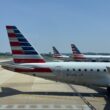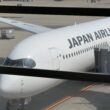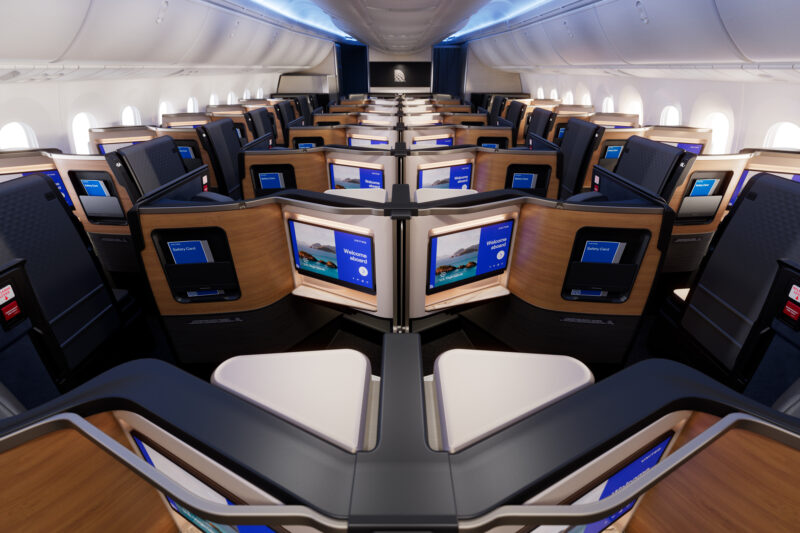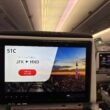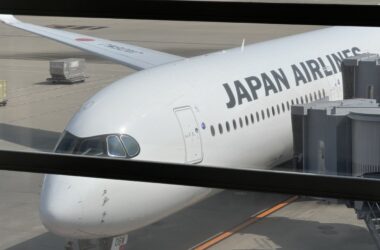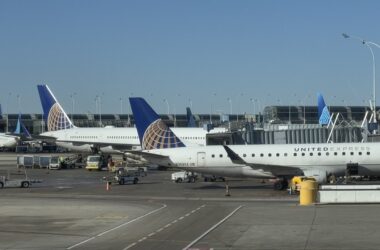Back in mid-May, United introduced a new business class product coming with its new 787-9 deliveries. The aircraft will include new Adient Ascent business class seats and Polaris Studio, an elevated business class product located in the first two rows of the cabin.
The new seats are quite a departure from the current ones, and will come in a significantly premium heavy configuration. With high and resilient premium demand since coming out of the pandemic, many airlines have taken action to respond to that demand, and United is not shying away here.
To start off, let’s look at the current 787-9 configuration:

The current layout includes 48 Polaris business class, 21 Premium Plus, 39 Economy Plus, and 149 economy class seats.
Here’s the new layout:

This configuration will have 64 Polaris business class (including Polaris Studio), 35 Premium Plus, 39 Economy Plus, and 84 economy class seats.
Note: the initial press release by United stated that these seats include 90 economy class seats, but the up-to-date seat maps show 84 economy class seats, with the last row only having the middle three seats (row 44).
As you can see, this is a very premium heavy configuration. Polaris business class takes up about half of the aircraft, and Premium Plus seating has been expanded as well.
The number of economy plus seats stayed the same, meaning all of the sacrifice for the additional Polaris space came in economy class. The new 787-9s will have 65 fewer economy class seats.
Is This Too Much Premium?
Although United is definitely taking a big step with this premium configuration compared to its peers in the United States, I can think of several airlines around the world with similar configurations and layouts.
The first airline I immediately thought of was British Airways. The airline is very premium-heavy overall when it comes to international flights, as London, which includes the airline’s biggest hubs, is one of the most premium destinations in the world. As the airline is able to ride this demand and has the opportunity to sell many premium seats, it utilizes a high premium configuration for many of its aircraft.
The photo above is the seat map of a British Airways 777-300ER, which includes 8 first class, 76 Club World business class, 40 World Traveler Plus premium economy class, and 132 World Traveler economy class seats.
It’s not apples to apples when comparing the 777-300 and the 787-9, but this is the level of premium that United’s new configuration falls under.

Another airline I thought of was Japan Airlines and one of its 787-9 layouts. The above seat map includes 44 business, 35 premium economy, and 116 economy class seats. This configuration handles just 195 passengers, fewer than United’s 222 passengers on its new 787-9s.
Compared to United, Japan Airlines opted for a more generous offering in all cabins, with 44 business class seats in a similar amount of space as United’s 64 Polaris seats, and economy class seats in a 2-4-2 layout with 33 inches of pitch (nearly equivalent to United Economy Plus). Still though, with business class taking up half of the plane and economy class only located in the back third, it’s a similar idea to United’s new 787-9s.
All in all, these high premium configurations work when the demand is there. The “too much premium” question depends on routes, seasons, and other external factors affecting travel demand. British Airways, for example, deploys its 777-300ERs to New York, Chicago, San Francisco, and Los Angeles from London. These routes all have significant business travel between them, which helps the airline sell its Club World seats. Similarly, United will be deploying its premium heavy 787-9 between San Francisco and London, going toe to toe with British Airways. They’ll also serve Singapore from San Francisco. Both of these routes have plenty of business travel demand, and it’s no surprise that these two routes were chosen to first receive the new aircraft.
It just doesn’t mean that every single route served by the 787-9 fleet will have a high premium configuration. United will focus on its business-heavy routes first, and it’s unlikely that other destinations would get this premium-heavy configuration aircraft. Yes, we could very well see a variety of destinations get the Adient Ascent Polaris seats in the future, just in a different configuration.
United vs Delta
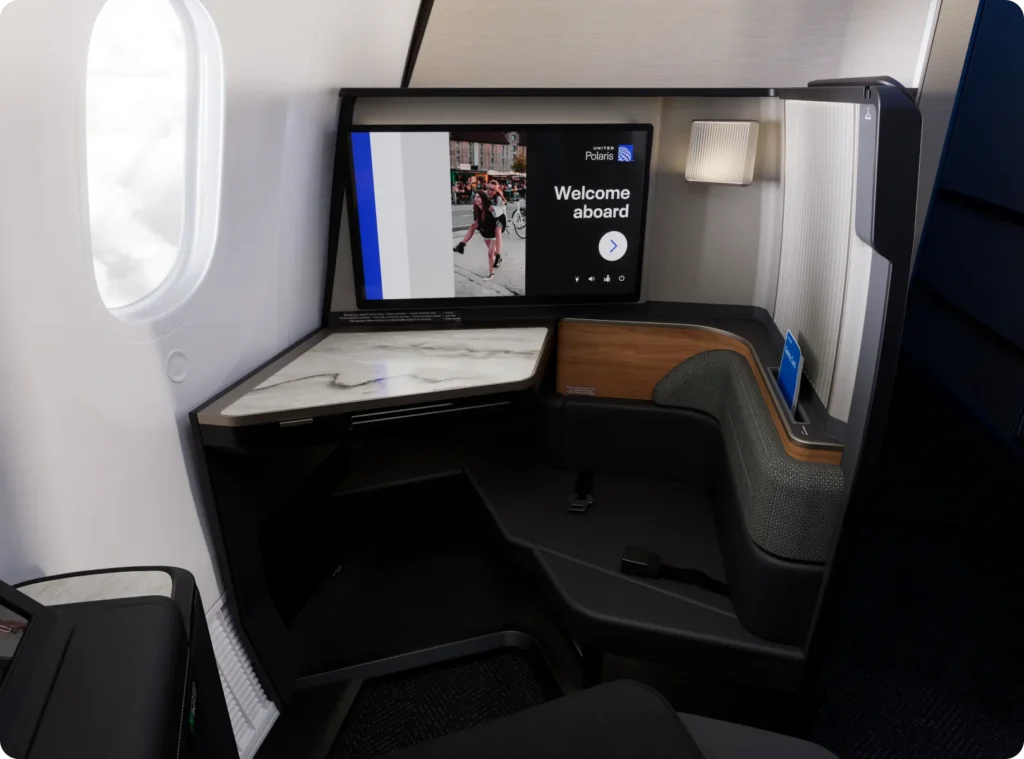
Delta has been touting itself as America’s premium airline for the last decade, but there appears to be a growing feeling that United is catching up closely behind Delta. This new 787-9 configuration is certainly the most premium heavy than anything Delta has at the moment, and the new Polaris Studio seats are as close to first class as it gets. So, do these new seats put United ahead?
Ultimately, I think it’s hard to say for now. Although initial renderings of these new Polaris seats look fantastic, we’re still a year removed from these entering service, and Delta has a lot more coming its way.
Delta is slated to begin receiving deliveries of the Airbus A350-1000 in late 2026 or 2027. With this comes the expectation that the airline will introduce a completely new Delta One product as its next flagship business class offering, according to aviation watchdog JonNYC. With United launching its fantastic new Polaris product, I’m excited to see what Delta has to offer and in what kind of configuration.
At the end of the day, the current Delta One Suites have been around for about 10 years, and it’s natural for them to get beaten out by other airlines at this point as the offering becomes a little old. I think if anything, it’s impressive that the current Delta Ones are still a competitive product in the United States a decade later. Either way, I still do think United is close behind Delta, and it’ll be fun to see the airlines battle it out moving forward.
Featured image by United Airlines.


